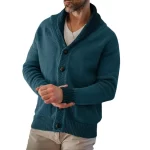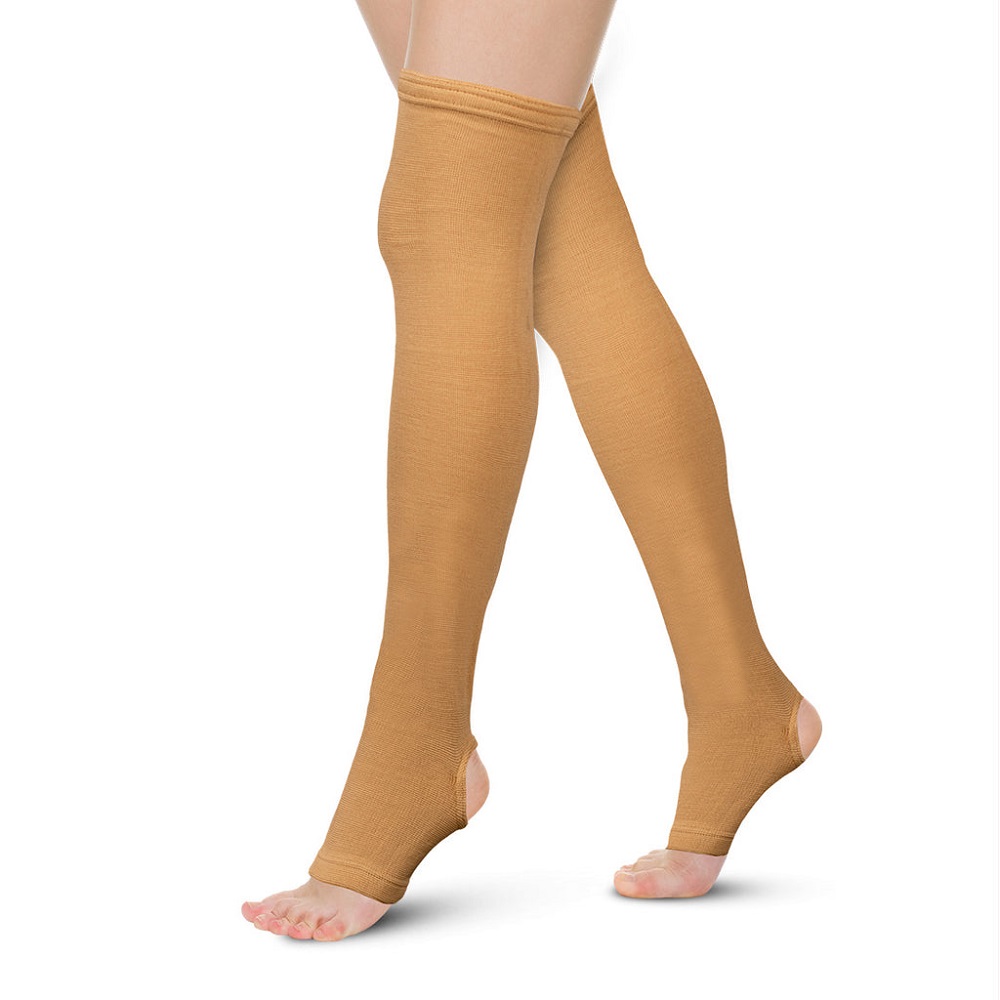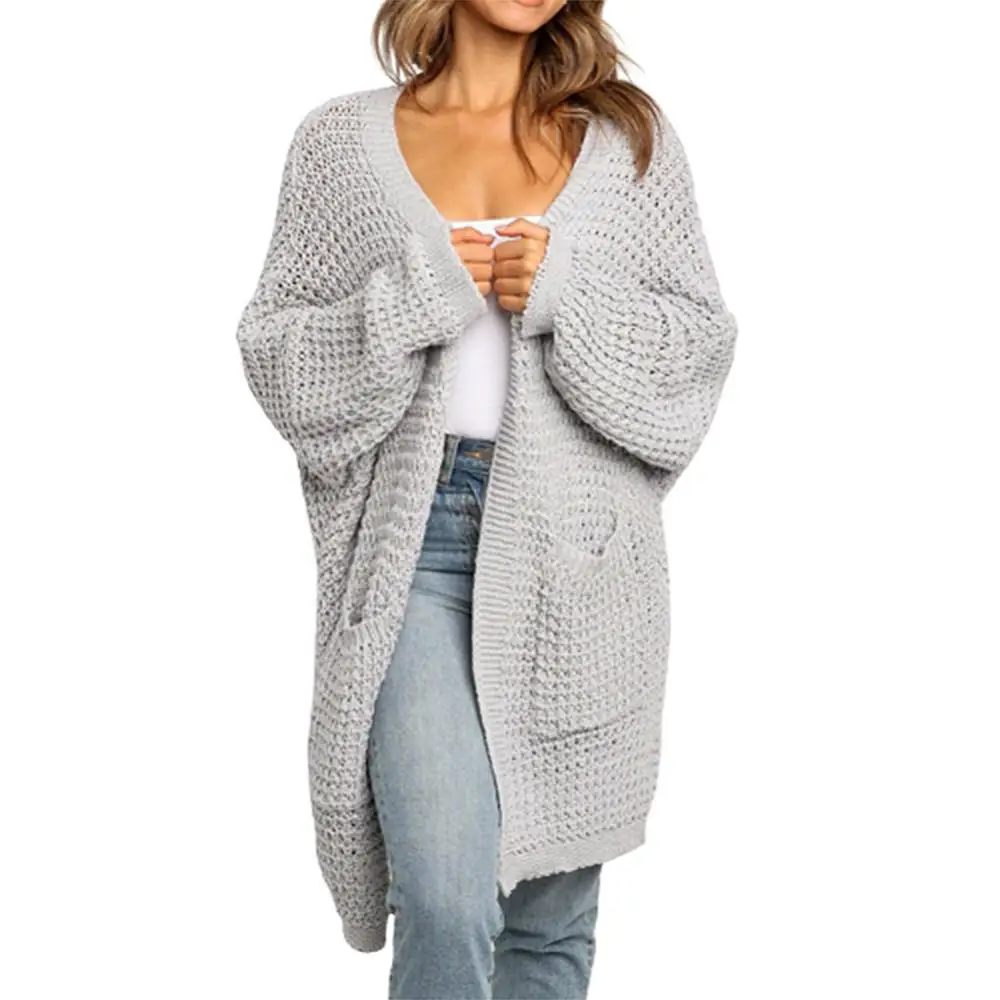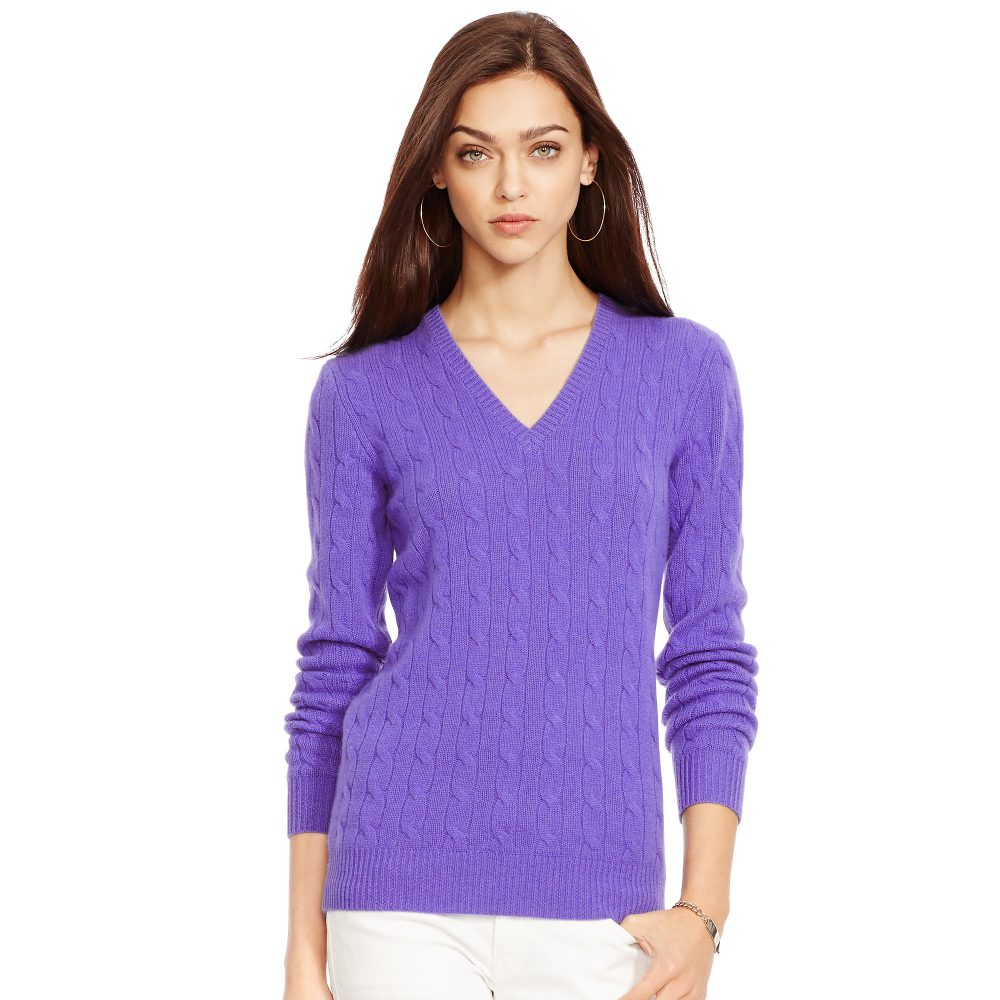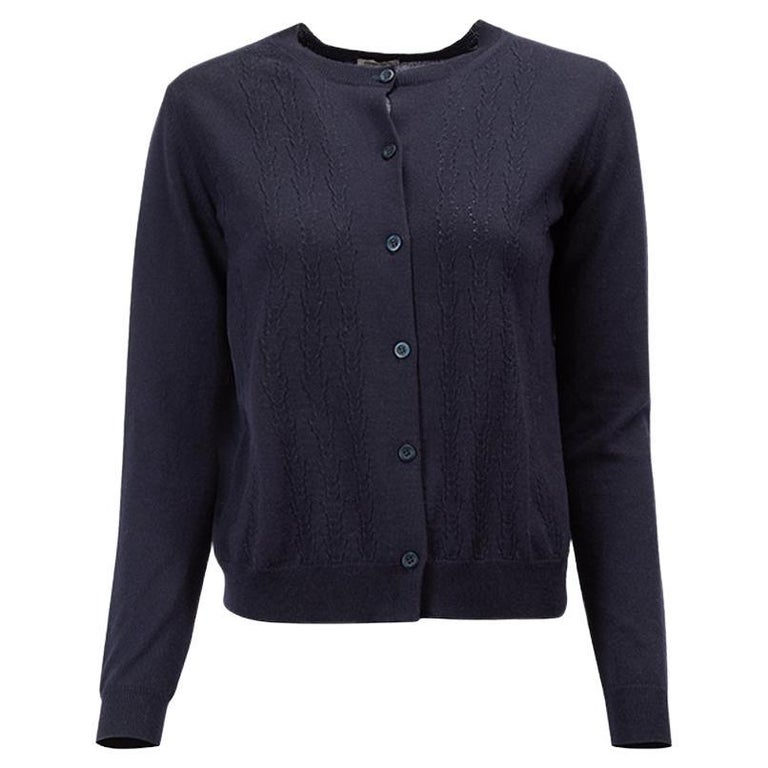Introduction to Compression Socks
Compression socks are specialized hosiery designed to help with blood circulation. They apply gentle pressure to your legs and ankles, promoting better blood flow from your lower extremities to your heart. People wear these socks for different reasons. They can help reduce swelling, aches, and pains in the legs. They are also used to prevent the formation of blood clots, especially after surgery or when someone is less mobile.
Compression socks come in various types and sizes. Health care providers often prescribe them for conditions like varicose veins or spider veins. They also suggest them for patients who have just undergone surgery. When you choose compression socks, make sure to get the right fit and compression level. This will ensure they are effective and comfortable to wear. In some cases, insurance may cover the cost. Always check with your provider and insurance first.
Proper wear and care are important when using compression socks. You should put them on in the morning and wear them as recommended by your health care provider. They may feel tight, but this is necessary to help your blood flow. When you remove them, do it carefully, and make sure to wash them after each use. If you have any issues with your compression socks, like discomfort or improper fit, contact your doctor. They can help you find a better option.
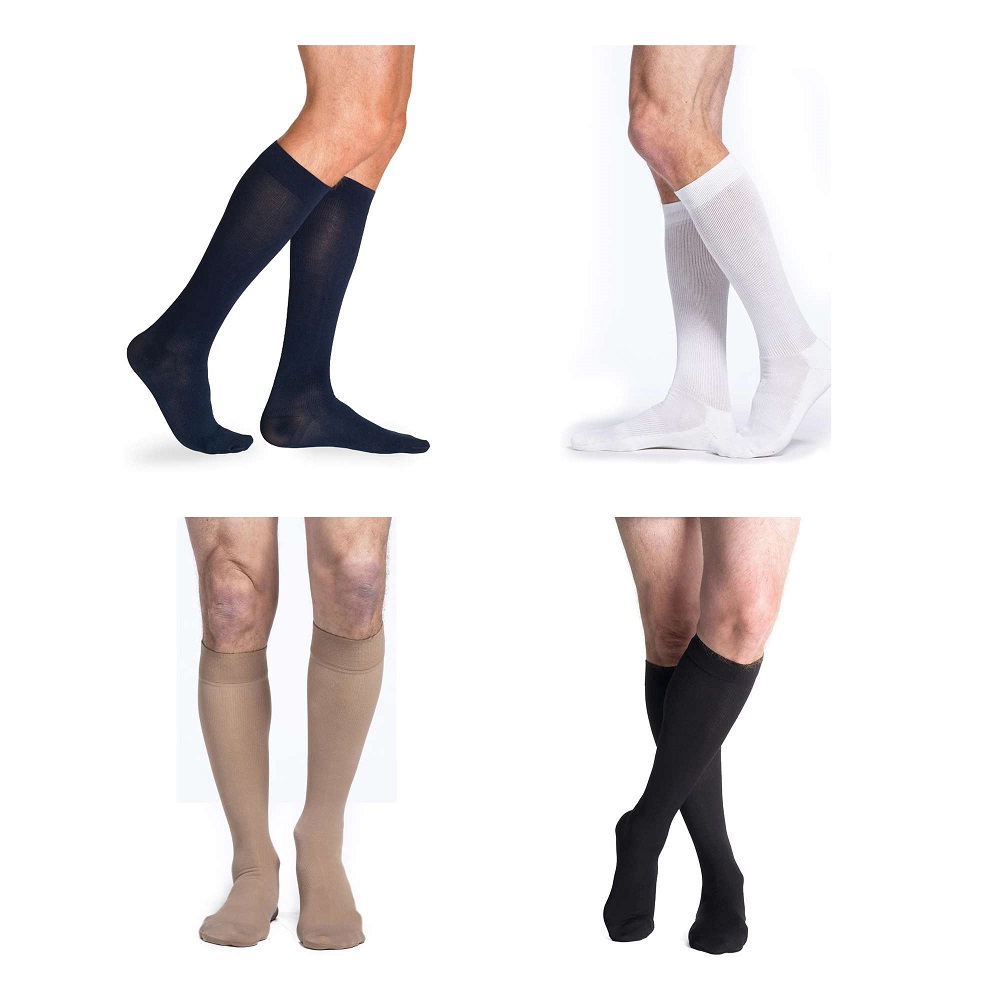
The Health Benefits of Compression Socks
Compression socks boost blood flow in your legs. This helps stop legs from swelling and feeling heavy. They also reduce pain in the legs. Compression socks may lower the risk of blood clots, especially after surgery. If you stay still for long periods, wearing these socks is beneficial. They help stop blood clots from forming in the legs. This can prevent serious health issues like deep vein thrombosis. For those with varicose veins, compression socks ease discomfort. The socks can prevent more veins from forming. They support leg veins, which helps stop blood from pooling. Athletes wear compression socks too. The socks can improve performance and speed up recovery. This means less muscle soreness after exercise. People who stand for long hours also find relief in compression socks. They can prevent legs from getting tired and achy. Compression socks are good for preventing complications in leg health. They can ward off issues that come from poor blood flow. These include skin changes and ulcers on the legs. Plus, they are useful during pregnancy. They lessen swelling and pain in the legs of expectant mothers.
Types of Compression Socks
Compression socks come in a variety of types. Each type offers a different level of pressure and comes in various lengths and colors. The main goal is to match your specific needs with the right kind of sock. Here are some common types:
- Graduated compression socks: These socks offer the strongest pressure at the ankle. The pressure decreases as it moves up the leg. Healthcare providers often recommend these for people with circulation issues.
- Non-medical support hosiery: Providing less pressure than other types, these socks help with mild swelling and aching legs. They are available over-the-counter.
- Anti-embolism stockings: Specially designed for those who are less mobile, these socks help prevent deep vein thrombosis. Medical professionals often prescribe them after surgery.
Each type of compression sock also comes in different lengths, such as:
- Knee-high socks: These end just below the knee and help control lower leg swelling.
- Thigh-high socks: These extend to the thigh and are good for reducing swelling in the entire leg.
- Pantyhose-style socks: These offer full-leg coverage and provide uniform compression.
With many colors available, you can choose a pair that suits your style while meeting your health needs. Always talk to your healthcare provider about which type is right for you. They can help you decide based on your condition and the level of compression needed.
How to Choose the Right Compression Socks
Choosing the right compression socks involves understanding your needs and the various features offered by different socks. Here are key points to consider:
- Consult your health care provider: They can advise on the correct compression level and type that’s best for your condition.
- Know the levels of compression: Compression levels range from mild to extra firm. Each serves different purposes, from relieving tired legs to managing post-surgical conditions.
- Measure correctly: To ensure a proper fit, measure your legs in the morning. Measure the ankle, calf, and the length from your heel to the knee.
- Consider the material and durability: High-quality materials tend to last longer and provide better support.
- Check with your insurance: Determine if your insurance plan covers compression sock and to what extent.
- Think about color and style: Choose socks that not only provide medical benefits but also fit your personal style.
- Size and length matter: Select the appropriate length — knee-high, thigh-high, or pantyhose-style — to address your specific health concerns.
Keep in mind the recommendations from health specialists like Dr. Ichinose, who caution against self-prescribing compression socks. Certain conditions like peripheral vascular disease may mean compression socks aren’t suitable for you. Assess your personal health needs, and always seek professional advice when you are unsure about what compression socks are used for in your particular situation.
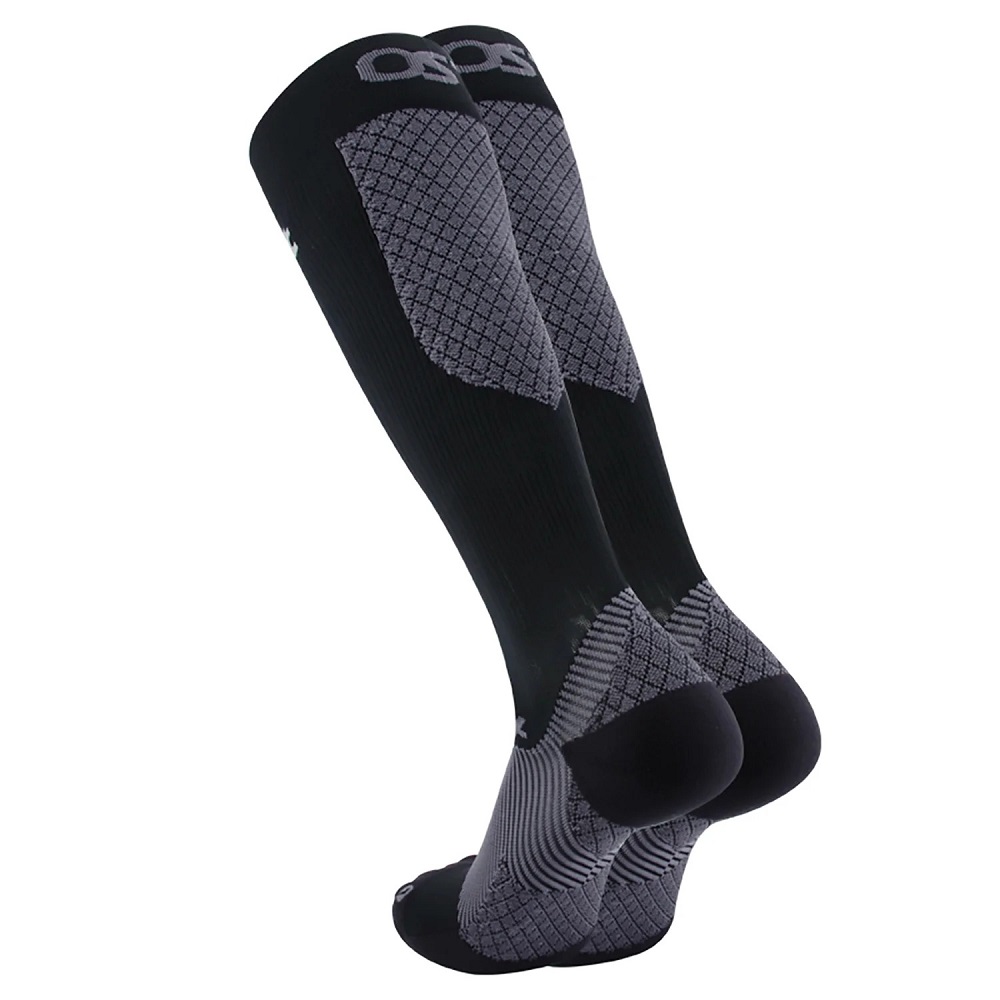
How to Properly Wear Compression Socks
Putting on compression socks correctly is crucial to get the full benefit of their design. It’s not just about putting them on; doing it right ensures that they provide the intended pressure distribution on your legs. Here are step-by-step instructions to wear them properly:
- Start in the morning: Put on your compression sock right after waking up when swelling is minimal.
- Roll or turn the sock inside-out: Reach into the sock and pinch the heel. Turn the sock inside out up to the heel. This makes it easier to slip your foot in.
- Insert your foot: Slide your foot into the sock until the heel and toe are correctly positioned.
- Unroll or pull the sock up: Carefully unroll the sock up your leg, making sure it’s smooth and wrinkle-free.
- Adjust for comfort: Ensure the sock sits evenly on your leg without bunching. The fabric should be distributed for even pressure.
- Check the length: Knee-high socks should stop two fingers below the knee bend, while thigh-high and pantyhose styles will extend higher.
Remember to never fold or roll the tops of compression socks down, as this could create undue pressure and impede circulation. If you face difficulty putting them on, there are tools like stocking donners or gripping gloves specifically designed to make the process easier. Sprinkling baby powder or cornstarch on your legs before putting on the socks can also help them glide up more smoothly.
Wearing compression socks the right way plays a significant role in their efficacy for health issues, from aching legs to preventing blood clots. Therefore, ensure you follow these steps each time for the best results. If you feel consistent discomfort or if the socks are too challenging to put on, consult your health care provider, as you may require a different type or size for optimal use.
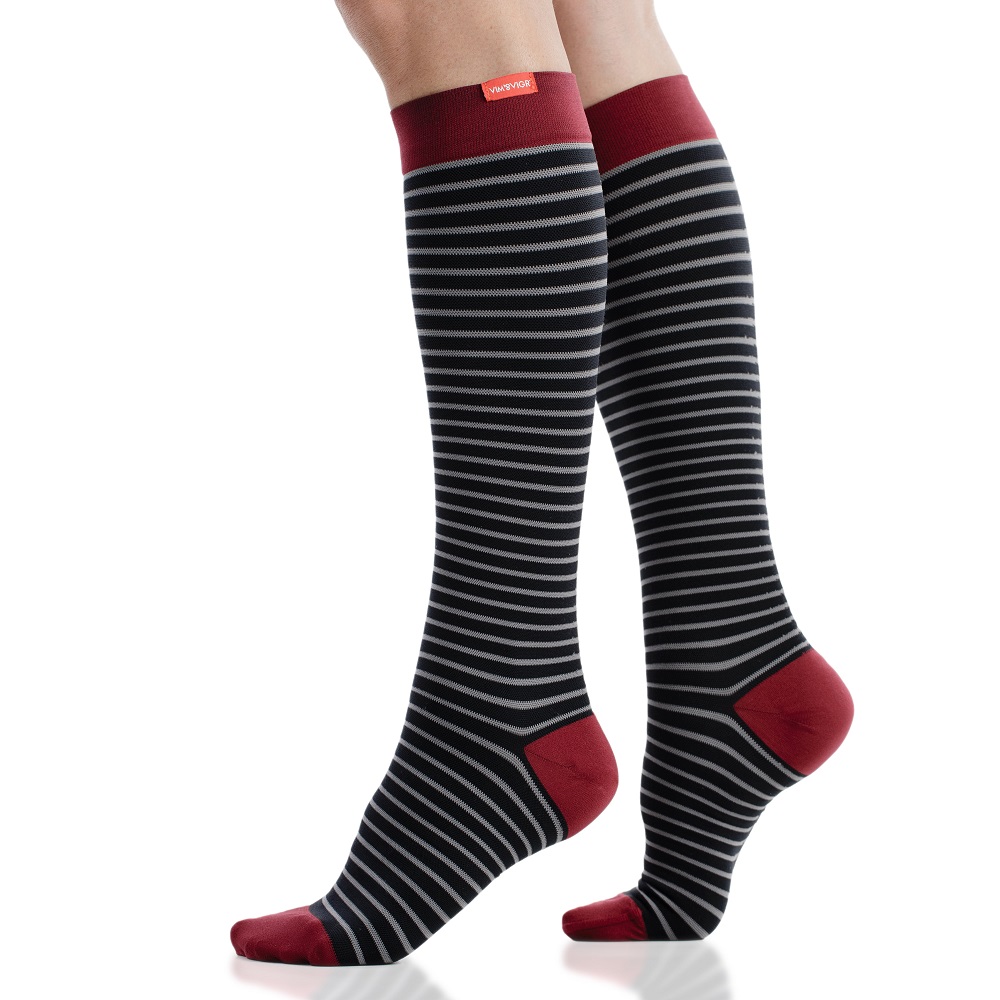
Tips for Putting on Compression Socks Easily
Putting on compression socks can be a challenge, especially if they fit snugly. Here are simple tips to make this task easier:
- Use a Stocking Donner: This tool holds your compression socks open so you can step into them.
- Apply Lotion First: Let it dry before putting on your socks. It can help the fabric glide up your legs.
- Rubber Gloves Work: Wearing rubber gloves can give you a better grip to pull up the socks evenly without snags.
- Try the Heel Cup Method: Cup the heel in your hand to fit it properly, then unroll the sock up your leg.
- Baby Powder or Cornstarch: A light dusting on your legs can reduce friction and allow the socks to slip on more easily.
- Avoid Folding or Rolling: Never roll or fold the tops. This can create tight bands and restrict blood flow.
- Move Gently and Slowly: Haste can lead to wrinkles and discomfort, so take your time to adjust the socks properly.
Follow these steps, and wearing compression socks will become much simpler. For people who wear these socks daily, these tips can save time and reduce effort. If you still struggle to put them on after trying these methods, reach out to your healthcare provider for advice or alternative options.
Caring for Your Compression Socks
Taking good care of your compression socks ensures they remain effective and last longer. Here are some key tips for maintaining your socks:
- Wash Daily: Clean your socks each day with mild soap and water. Avoid strong detergents.
- Air Dry: After washing, lay them out to air dry. Don’t put them in the dryer.
- Have a Second Pair: Owning two pairs lets you wear one while the other dries.
- Follow the Care Label: Check the label for specific care instructions to avoid damage.
- Inspect Regularly: Check for wear and tear. Look for stretched fabric or holes.
- Replace When Needed: Usually, replace your socks every 3 to 6 months for best support.
- Smooth Out Wrinkles: When putting them on, ensure there are no folds that can restrict blood flow.
- Handle with Care: Be gentle when putting on or taking off to prevent damage to the fabric.
By keeping these care tips in mind, your compression socks will stay functional and supportive for your legs. If you notice signs of damage, consider replacing your socks to maintain the benefits they provide.
When to Consult a Doctor About Compression Socks
While compression socks provide numerous health benefits, they are not suitable for everyone and can sometimes cause issues if not used correctly. Knowing when to consult a doctor can help ensure that you are using compression sock safely and effectively. Here are several scenarios in which you should seek medical advice:
- If you have underlying health conditions: People with conditions like peripheral vascular disease, diabetes, or skin infections should talk to their doctor before using compression socks.
- Experiencing discomfort or pain: If compression sock cause discomfort, pain, or leave marks on your skin, check with your healthcare provider.
- After a diagnosis or surgery: Your doctor can recommend the right type and level of compression following a procedure or new diagnosis.
- If you are pregnant: Pregnant women may benefit from compression socks, but it’s essential to consult a doctor to get the right fit and compression level.
- Changes in leg color or temperature: Should you notice changes in the color or temperature of your legs, contact your doctor as these could be signs of circulation issues.
- No improvement in symptoms: If your symptoms do not improve or worsen while wearing compression socks, seek medical advice.
- When you need to measure: If you are unsure of how to measure your legs for compression socks, your healthcare provider can assist.
Remember, compression sock should aid your health, not cause additional problems. If you have any doubts or experience adverse effects while using compression socks, it’s vital to consult with your healthcare provider to find a solution.





